Life-Size Vertebral Column with Pelvis
This model illustrates the differentiation of vertebrae and the division into degrees.
1. cervical spine or neck: from the base of the head to the prominent vertebra, ie the bone that we feel at the back of the neck when we bow our head. It includes 7 vertebrae.
2. thoracic degree: from the prominent vertebra to the beginning of the waist. It includes 12 vertebrae.
3. lumbar spine or waist: from the end of the thoracic spine to the beginning of the sacrum. Includes 5 vertebrae.
4. Sacred fate: It includes 5 vertebrae joined together, which form the sacred bone.
5. coccygeal spine: It includes 4 very small vertebrae, joined together, which form the coccyx.
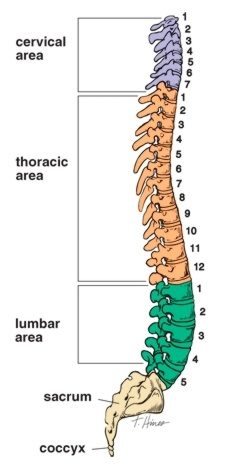
Curvatures
The spine, by the way the vertebrae articulate, shows great mobility. Nevertheless, it is not perfectly straight, as can be seen from the front or back, but it has various curves or curves, alternating, two front and two rear, which are named according to their position. The following are observed from top to bottom:
cervical curvature or cervical curvature (open backwards)
thoracic curvature or thoracic curvature (open forward)
lumbar curvature or lumbar curvature (open to the back), and
hierococcygeal curvature or hierococcygeal curvature (open forward) (see approx. 1st figure).
These bends serve in the best way on the one hand the upright posture of the person and on the other hand the elasticity that should be provided to the whole weight of the body in any movement, walking, running, jumping, etc.


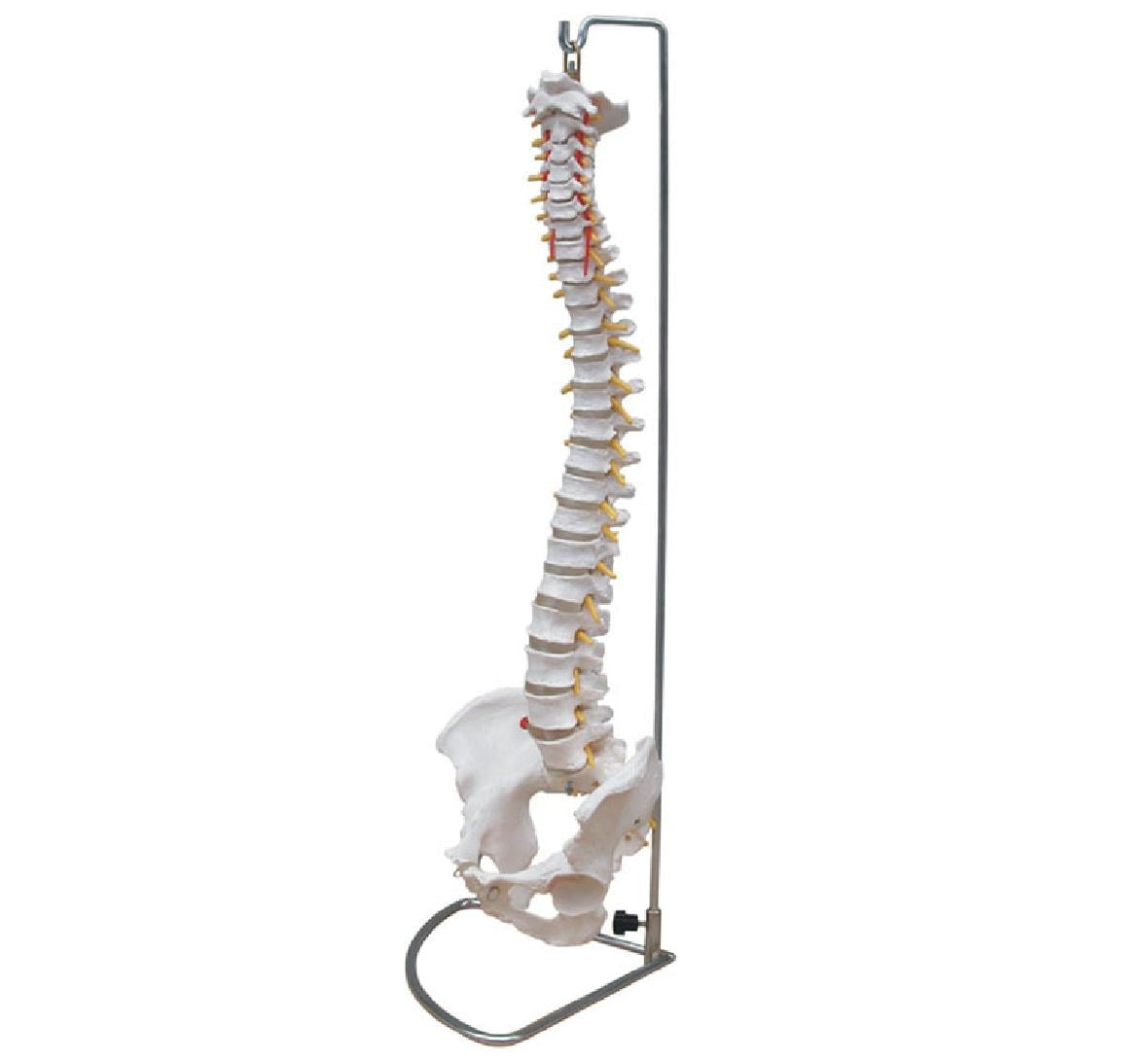



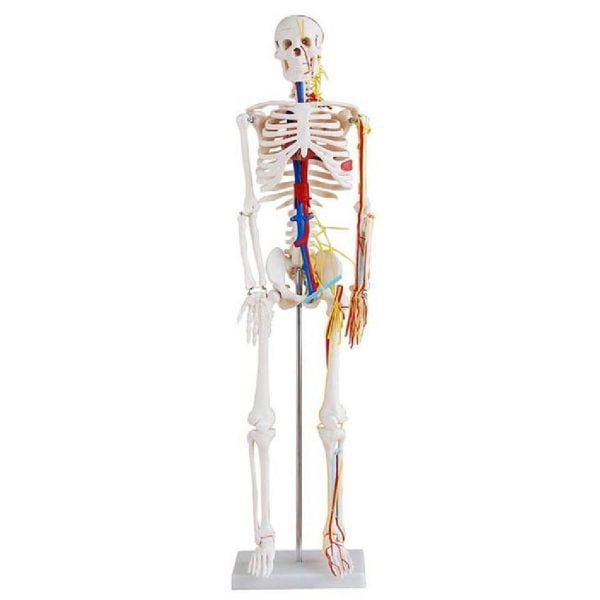

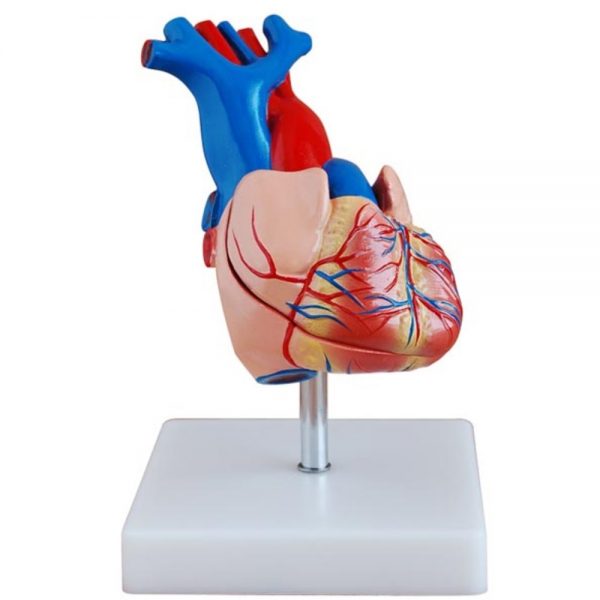

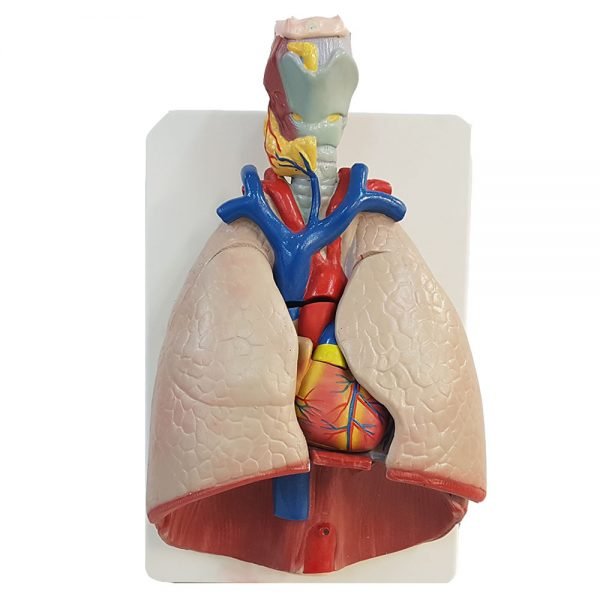
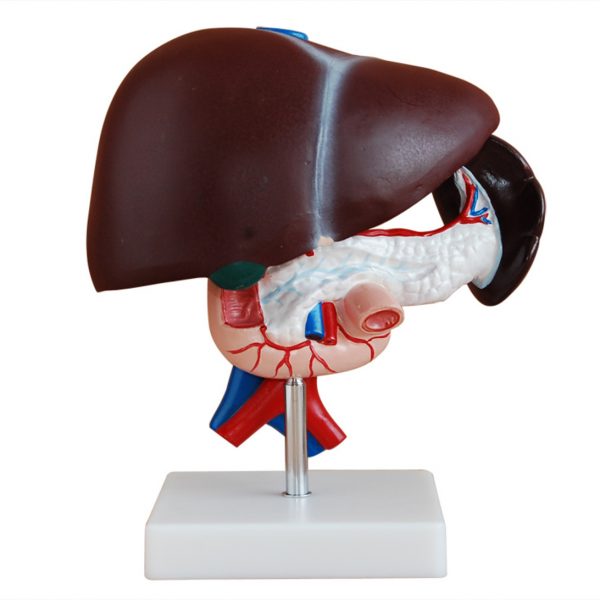
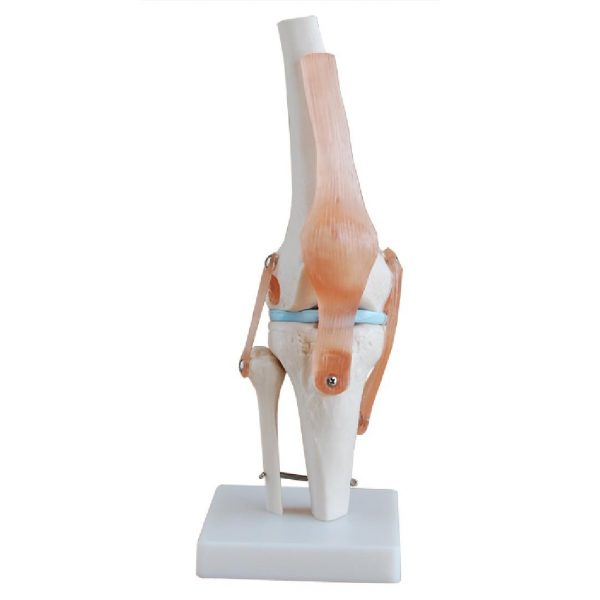
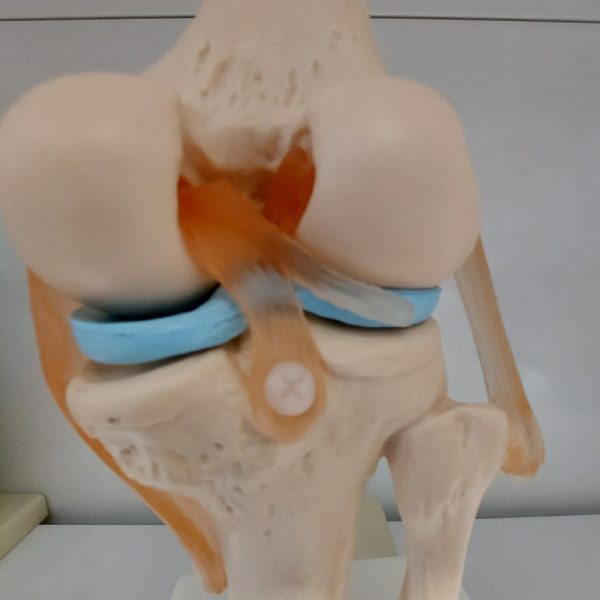
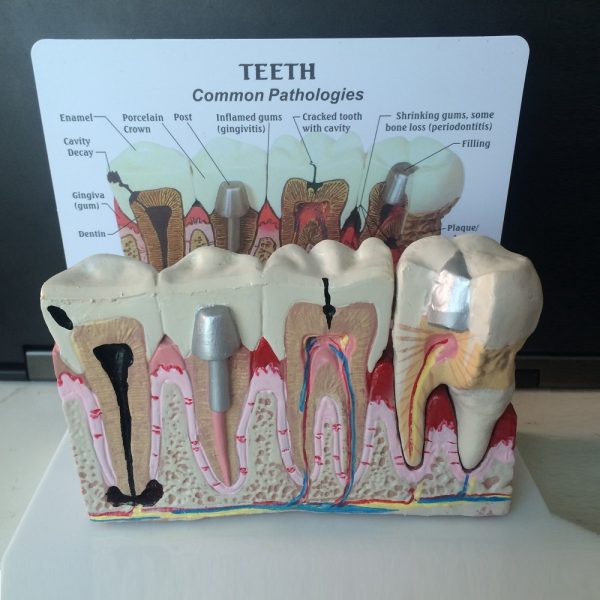
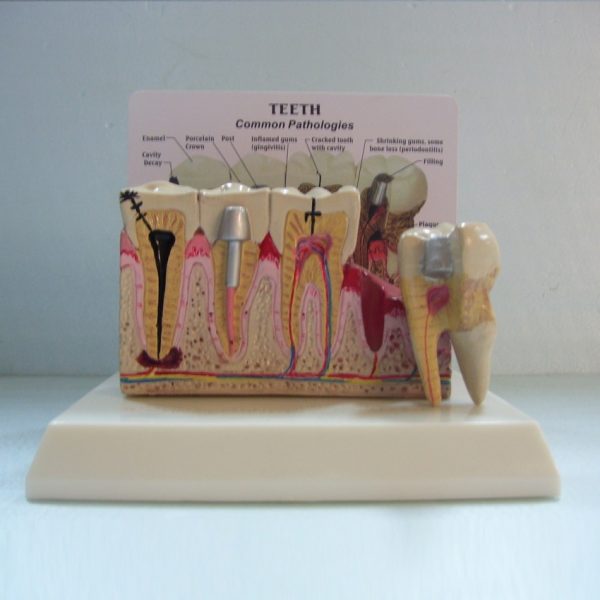
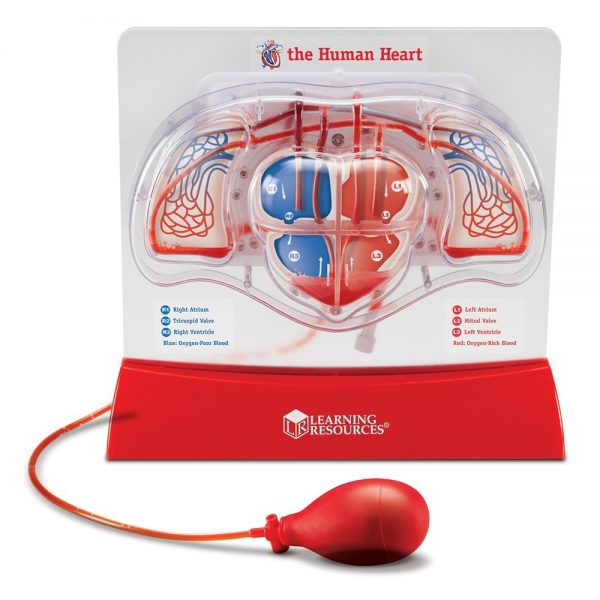
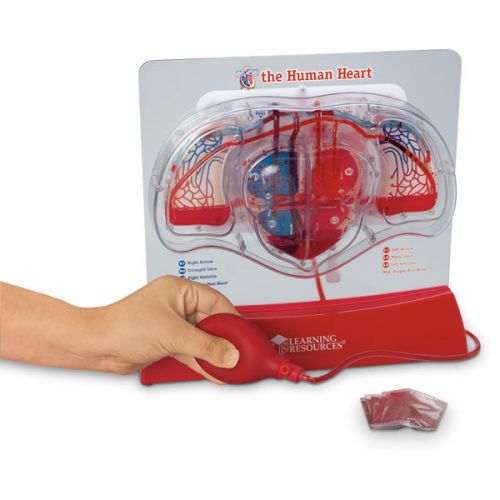
 Labdisc
Labdisc Botzees
Botzees Edison
Edison Telepresence Robot
Telepresence Robot DOBOT
DOBOT Keyestudio
Keyestudio Fischertechnik
Fischertechnik